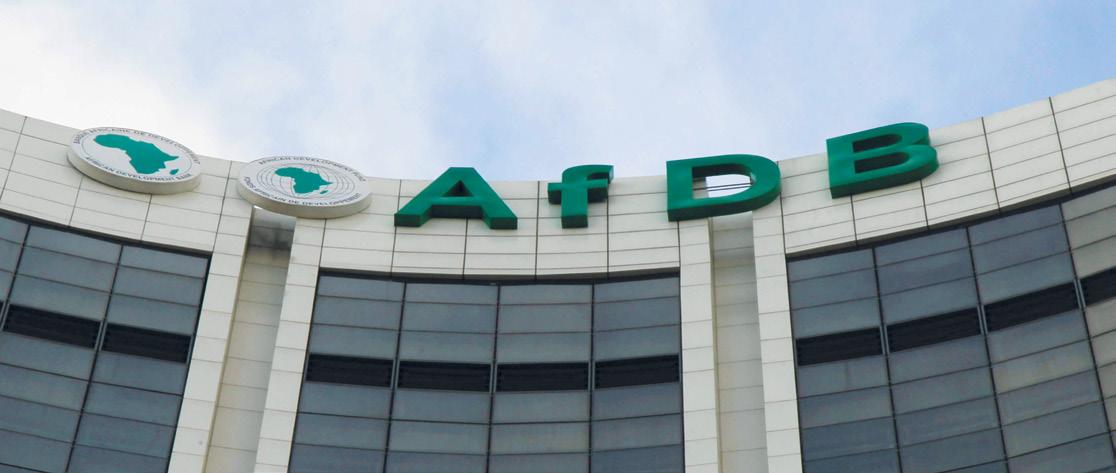
2 minute read
Familiarity of FIDIC contracts makes them so respected
DWF managing partner KIRK DURRANT spoke to us about his experience working with FIDIC contracts in Qatar and the Gulf region.
Managing partner for lawyers DWF in Qatar, Kirk Durrant, is widely experienced in the FIDIC suite of contracts and publicprivate partnerships across a number of business sectors and has expertise in claims management, negotiation and dispute resolution. His experience includes advising on many major infrastructure developments for public and private sector entities in Qatar including airport, port and rail projects and he has represented organisations in the real estate and hospitality sectors in the Gulf region.
When asked about his experience of working with FIDIC standard forms of contract and why they are so popular in the market, he made it clear that the documents have become accepted by the industry in the region over a number of years. “I have been in Qatar for around 12 years and FIDIC has become the primary standard contract form of choice in the market,” he said. “The only issue is that because of civil law jurisdiction, sharia principles within the law and the public sector driving the market, you see a pretty significant over-modification of FIDIC documents. However, 85-95% of the contract documents used in the market are based on FIDIC,” said Durrant.
Durrant said that all of the big infrastructure projects in the region are using FIDIC documents, including the large bridges, stadium construction around the forthcoming World Cup and major road infrastructure projects.
Asked what it is that is attractive about FIDIC contracts and why have they got such traction in the market, Durrant said that familiarity was key for users. “I think it’s primarily because when the country set out on what I think everyone would agree is a pretty ambitious infrastructure development programme, they wanted to attract big international contractors and there was this belief that in order to do that they needed to get new standard forms that would be familiar to those contractors and so that started this wave of everyone moving towards using FIDIC documents and that has become the norm,” he explained.
In terms of his experience of working with clients, what is that they value working about working with FIDIC documents? “Familiarity,” Durrant says unhesitatingly. “Because they’ve become so prevalent in the market and practitioners are familiar with them, they know what clauses they want to change and they know what clauses work and don’t work in the market. “They also know what clients are familiar with and what they are comfortable with. These are contracts that are easy to navigate and easy to work with because everyone is pretty much familiar with them,” he said. Qatar has a very ambitious infrastructure development programme.










